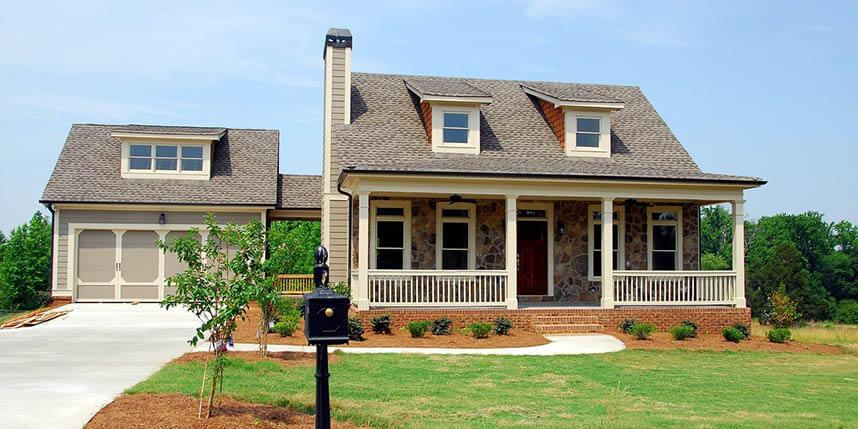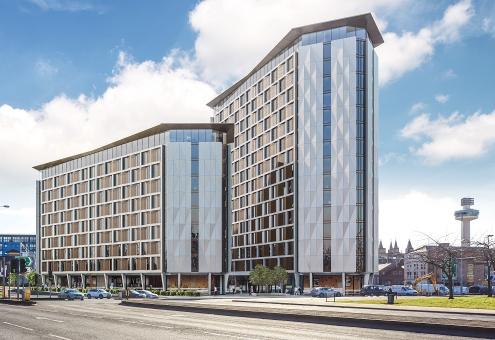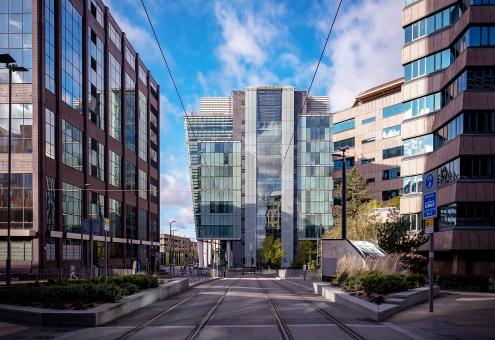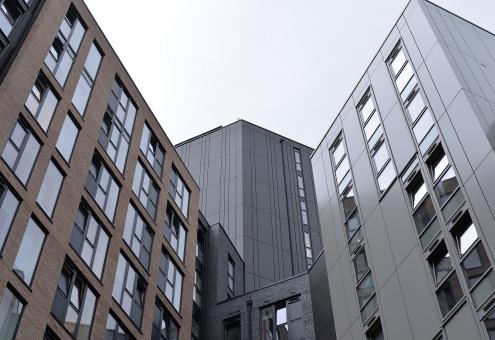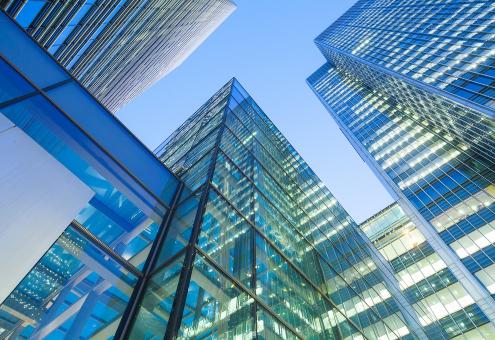The Role of Landscape Architecture in Real Estate Development
11 Mar 2024
Many factors influence property value. For example, its allure, characterized by its visual appeal and design, often makes the first impression on potential buyers or tenants, guiding their interests and decisions. Beyond the immediate impact of aesthetics, a space's functionality—how well it accommodates the needs and lifestyles of its occupants—further cements its value.
Against this backdrop, landscape architecture becomes a critical component in the real estate equation, as owners and tenants expect more than just visually appealing properties. They want spaces that promote sustainability, wellness, and community connectivity. We'll discuss this connection below.
How Landscape Architecture Contributes to Real Estate Projects?
It Enhances Aesthetic Appeal
This aspect of real estate development leverages the power of design and natural elements to create spaces that are not only functional but also inherently beautiful and inviting. As such, it integrates landscape features like gardens, water features, tree-lined pathways, and sculptural elements.
For example, gardens introduce a palette of colors, textures, and fragrances that engage the senses, creating a serene and attractive setting that can be a deciding factor for individuals looking for a tranquil living environment.
In addition, installing a fountain in your pond or another part of the yard adds a sense of luxury and calm, offering a visual and auditory experience that enhances the tranquillity of outdoor spaces.
Moreover, tree-lined pathways provide shade and greenery, drawing residents and visitors deeper into the property and encouraging exploration and interaction with the environment.
These landscape elements create a cohesive and appealing aesthetic beyond mere decoration. They signal a commitment to quality and attention to detail, which can significantly impact a property's marketability. Consequently, potential buyers or tenants are often willing to pay a premium for spaces that offer such well-designed outdoor amenities.
Improves Environmental Sustainability
Landscape architects play a pivotal role by employing sustainable practices that ensure environmentally responsible developments.
One of the fundamental practices in sustainable landscape architecture is the use of native plants and vegetation. Incorporating these elements into a vegetation management plan report helps ensure that landscapes are both environmentally friendly and resilient, promoting biodiversity and reducing the need for excessive maintenance. By selecting plants indigenous to the area, landscape architects minimize water usage and maintenance needs while providing habitat for local wildlife, thereby enhancing biodiversity.
Another practice is implementing green infrastructure elements, such as rain gardens, bioswales, and permeable paving. These features manage stormwater naturally, reducing runoff and filtering pollutants, which helps the health of the surrounding water bodies.
For example, Battery Park City in New York demonstrates a resilient design by incorporating elevated parks and absorbent landscapes to protect against sea-level rise and storm surges.
In addition, choosing drought-tolerant plants and employing xeriscaping techniques ensures landscapes can thrive with minimal water, addressing water scarcity challenges.
Landscape architects also advocate for green roofs and living walls, which help reduce the urban heat island effect, improve air quality, and increase green space within densely populated areas. Furthermore, these professionals design outdoor spaces to maximize natural lighting and ventilation, contributing to energy efficiency in adjacent buildings.
Boosts Economic Value
Well-designed landscape architecture significantly influences property values and investment attractiveness by enhancing aesthetic, functional, and ecological attributes. Sustainable landscape practices like green roofs, native plantings, and water-efficient gardens underscore a commitment to environmental stewardship, appealing to an increasingly eco-conscious consumer base.
These green features can lower maintenance costs and energy savings, enhancing the property's value and appeal to investors looking for long-term sustainability and lower operational costs.
Another way to lower costs is managing resources through smart technology. Automated irrigation systems are an example of such technology. They optimize water use, delivering water precisely when and where it's needed based on real-time data, significantly conserving this precious resource.
Similarly, smart lighting can transform outdoor ambience and security with energy-efficient LED lights that adjust based on motion or time.
Moreover, landscape architecture that promotes community interaction through shared spaces and recreational facilities adds a layer of social value to properties, making them more desirable to individuals seeking a sense of community. This aspect can be particularly appealing in residential developments, where the quality of life is a selling point.
Enhances Quality of Life
Thoughtful landscape design can enhance health and well-being, which confirms the significance of green spaces, parks, and recreational areas in residential and commercial developments.
Green spaces and parks offer a refuge from urban environments, reducing stress and promoting mental health through nature interaction. They provide areas for physical activity, including walking paths, cycling trails, and sports facilities.
This accessibility to active lifestyles encourages regular exercise and may reduce the risk of chronic diseases, improve cardiovascular health, and enhance overall well-being.
Moreover, landscape architecture fosters social cohesion and community interaction. For instance, thoughtfully designed communal areas such as gardens, plazas, and playgrounds become natural gathering spots.
Conclusion
The intricate interdependence between landscape architecture and real estate development underscores a shared vision for better urban environments.
This partnership extends beyond the confines of cityscapes, deeply influencing the quality of life in residential settings.
In residential developments, landscape architecture creates serene, beautiful spaces for outdoor activity and social interaction.
Examples like drought-tolerant gardens in suburban homes demonstrate how landscape architecture can contribute to water conservation efforts while maintaining the visual appeal of private properties. Similarly, the inclusion of smart irrigation systems in residential areas underscores the potential for technology to enhance the efficiency and sustainability of home landscapes.
Categorised in: All News



